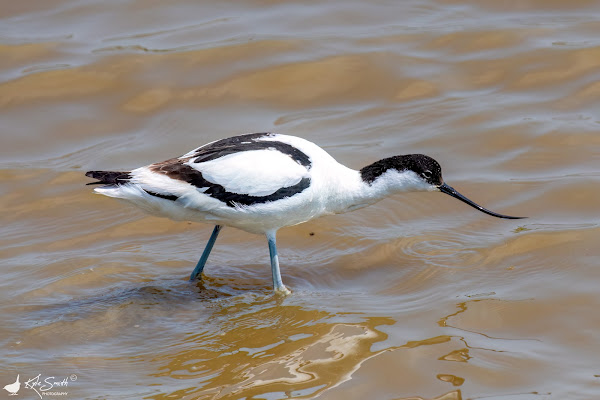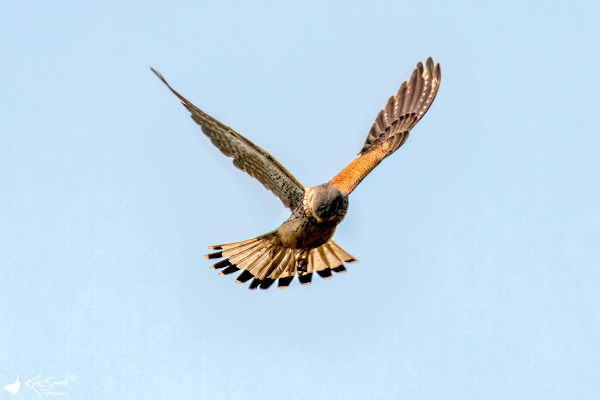Kevin Heath (@kev07713) and I arrived at NWT Cley Marshes having stopped in Kings Lynn for breakfast. It was still before 8.00am and so the car park at the end of the Beach Road was occupied but relatively empty. We popped on our walking shoes and started out along the beach to the screen where an American golden plover had been showing for the last few days, and where it had been reported at sundown the night before. We came upon a returning birder who confirmed the bird was still there - a welcome change to the last couple of weeks when the birds have moved on overnight on Friday. We crunched our way along the pebble beach to the screen listening to an abundance of skylarks as we went, soon reaching an empty viewpoint.
The screen is well positioned for viewing the scrape but the grass and reeds in front obscure the view - you have to get a little higher to properly look over and photograph the birds. It took only a minute to find the bird - a life tick! A stunning little bird and as close as the site would likely afford.
The bird fed constantly, back and forth along the muddy margins. There were a few other birds on the scrape and around the pools including: shelduck, avocets, redshank, oystercatchers, black-headed gulls, and lapwings amongst others. Behind us a linnet called from a perch on some gorse.
The plover started to feed further and further from us and so we eventually made our way back to the car, planning our next stop. Skylarks took to the air and tried to lead us away, sandwich tern passed offshore, as did a small flock of curlews.
We reached the car, checked Birdguides, and made for Trimingham where three bee-eaters were reported to be showing. A viewpoint has been established to keep disturbance down and we soon passed through Cromer and arrived in the field where the RSPB and Norfolk Wildlife Trust were in attendance. We paid our parking fee and joined a couple of dozen birders already watching. The problem we encountered was that with only three birds, one of which was mostly on the nest, when they went off feeding there were none to be seen. This had been the case for the last hour. In about a further half an hour a bird returned briefly, did a few circuits of the quarry, landed on the wires for a minute or so and then flew off again. Kev and I followed it down to the valley below and watched it feed and perch on distant wires. The bird returned again this time with the second male, staying for an even shorter time, and left. We waited some more but decided to get on with our day as we'd had a few views and had some photos of this exotic species.
On the route home is RSPB Ouse Fen and the current residence of a little crake - there is little chance of seeing it but a better chance of hearing it call. We stopped for lunch and then headed there. We arrived and found ourselves to be the only people in the car park - we made for the Cuckoo Viewpoint where the little crake has been heard of late and settled in. We saw a pair of marsh harriers, bearded reedlings/sedge warbler/reed warbler/reed bunting working back and forth along the reeds, and heard water rails and cuckoos. I suppose it was appropriate that we eventually saw a cuckoo perched in a tree out in front.
We watched and waited for three hours but didn't get any confirmed calling from our target bird. We did see a bittern a couple of time and is a year tick for me - I just haven't come across one naturally this year and so was a welcome sight. I tried to take a photo, but it was distant, low, hugging the tops of the reeds, and visible through a heat haze. Just making excuses for the photo!
Time had beaten us again and we had to leave as I had an appointment again that evening. It had been a day where we almost spent as much time driving as birding, but I had two year ticks and a lifer. Can't be bad.
































